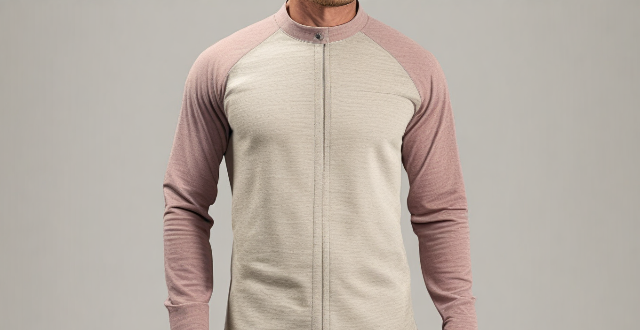Protective clothing is designed to safeguard individuals from hazardous environments or conditions. The materials used for such garments play a crucial role in providing the necessary protection while ensuring comfort and functionality. In this article, we will explore the most common materials used in the production of protective clothing: Polyester, Cotton, Nylon, Neoprene, and Gore-Tex.

Common Materials Used in Protective Clothing Production
Introduction
Protective clothing is designed to safeguard individuals from hazardous environments or conditions. The materials used for such garments play a crucial role in providing the necessary protection while ensuring comfort and functionality. In this article, we will explore the most common materials used in the production of protective clothing.
1. Polyester
Polyester is a synthetic fiber that is widely used in the manufacturing of protective clothing due to its durability and resistance to chemicals, oils, and water. It is also lightweight, making it comfortable for extended wear.
- Abrasion Resistance: Polyester can withstand frequent use without wearing out quickly.
- Easy Maintenance: This material is easy to clean and maintain, requiring minimal effort to keep it looking new.
- Versatility: Polyester can be blended with other materials to improve its properties further.
2. Cotton
Cotton is a natural fiber known for its softness and breathability. It is often used in combination with other materials to enhance the comfort of protective clothing.
- Comfort: Cotton is soft and gentle on the skin, reducing irritation during prolonged wear.
- Breathability: Being a natural fiber, cotton allows air to circulate, keeping the wearer cool and comfortable.
- Durability: When combined with synthetic fibers, cotton can provide excellent durability without sacrificing comfort.
3. Nylon
Nylon is another synthetic fiber commonly found in protective clothing due to its strength and flexibility. It is particularly useful in situations where high levels of mobility are required.
- Strength: Nylon is incredibly strong, making it ideal for heavy-duty protective gear.
- Flexibility: This material offers excellent flexibility, allowing for a full range of motion.
- Water Resistance: Nylon has inherent water-resistant properties, making it suitable for wet environments.
4. Neoprene
Neoprene is a synthetic rubber material that is often used in protective clothing, particularly in gloves and boots, due to its excellent insulating properties.
- Insulation: Neoprene provides excellent thermal insulation, protecting against extreme temperatures.
- Waterproof: This material is naturally waterproof, making it ideal for wet conditions.
- Chemical Resistance: Neoprene offers good chemical resistance, making it suitable for handling various substances.
5. Gore-Tex
Gore-Tex is a proprietary fabric technology that combines waterproof and breathable properties, making it ideal for protective clothing in outdoor environments.
- Waterproof: Gore-Tex fabrics are highly waterproof yet still allow moisture vapor to escape, keeping the wearer dry and comfortable.
- Breathability: The unique structure of Gore-Tex ensures that air can circulate freely, preventing overheating and excessive sweating.
- Durability: This material is designed to withstand harsh weather conditions and regular wear and tear.
Conclusion
The choice of materials for protective clothing depends on the specific requirements of the environment and activities involved. By selecting the appropriate materials, manufacturers can create garments that not only provide essential protection but also ensure comfort and functionality for the wearer.